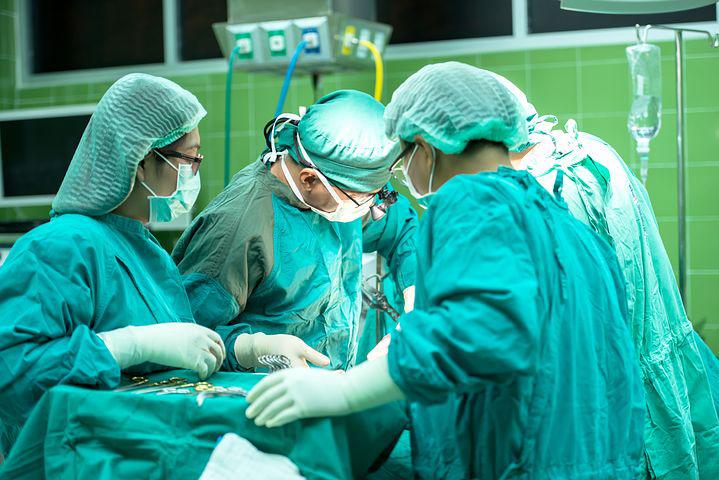During their childbearing age, many women develop tumours in the walls of their uterus known as myomas or leiomyomas. These uterine growths are made up of muscles and fibrous tissues and are non-cancerous. Though commonly occurring in women within the age range of 40 to 50 years, uterine fibroids in younger women is not an absolute exception. The fact is that many women having fibroids does not exhibit any symptoms at all. However, if your period continues for over a week with heavy menstrual bleeding or you feel discomfort in your pelvic region, associated with pain and pressure on other organs, you must immediately visit your doctor.
Detected with fibroids, your doctor will recommend you go for either hysterectomy or myomectomy surgery. In the former, your surgeon will remove the entire uterus with fibroid growths. But, in the latter process, the doctor will remove the tumours keeping the uterus intact and leaving you chances for future pregnancies. For your uterine fibroid surgery, you can select from three types of myomectomy: open myomectomy, hysteroscopic myomectomy and minimally invasive laparoscopic myomectomy. However, go for the ones that your surgeon suggests.
When to prefer myomectomy?
You will need surgery only when the fibroids cause trouble, preventing you from doing normal activities. You can choose myomectomy over hysterectomy if:
- You are young and want to have children in the future.
- Your uterine tumours are interfering with your fertility.
- You do not want to remove your uterus.
Types of myomectomy surgery
You may undergo the following types of myomectomy depending on the size, number or location of the fibroids:
- Open Myomectomy
Open or abdominal myomectomy surgery is the best option to opt for if you have large fibroids. It is a major surgical procedure involving a deep horizontal incision on the lower pelvic or bikini area. In this surgery, your surgeon uses various surgical tools to remove the fibroids from the uterus wall.
After the successful removals, the muscles of your uterus are stitched together and dressed correctly to avoid infection. As an extensive surgery, open myomectomy often results in blood loss. Hence, your health care provider will transfuse blood within your body to prevent fatal conditions.
- Laparoscopic myomectomy
Another procedure to remove uterine fibroids that most women prefer is laparoscopic myomectomy. It involves minimal cuts and stitches, reducing post-surgery pain and long recovery periods. Standard Laparoscopic Myomectomy and Robotic Myomectomy are the two methods your myomectomy surgeon may follow.
In standard laparoscopic surgery, a small cut is made near your belly button to insert a narrow tube fitted with a camera in your abdomen. Your doctor makes another incision in the belly region to perform the surgery. The process is the same in a robotic laparoscopic myomectomy, except that here your surgeon controls the movement of the automated tools that perform the surgery.
- Hysteroscopic myomectomy
If your doctor suspects submucosal fibroids, they would probably recommend a hysteroscopic myomectomy. This type of surgery requires no incision. Here, your doctor will insert the lightweight surgical tools into your uterus through the vagina to remove the tumours.
Usually, your surgeon uses a resectoscope or a hysteroscopic morcellator to cut the fibroids. Next, to allow the surgeon to examine the uterine wall, a disinfected salt solution is inserted into your uterus so that the uterine cavity expands. Lastly, the doctors shave off the submucosal fibroids using surgical instruments inserted through the hysteroscope.
Frequently asked questions
Q. After my myomectomy surgery, till what time shall I wait to attempt conception?
Wait at least three to six months after your myomectomy to let your uterus heal post that you can try for conception.
Q. Can my fibroids reoccur even after the surgery?
Yes, the fibroids can grow back even after surgery, causing symptoms, or they can develop without any symptoms.
Q. Hysterectomy or myomectomy, which surgery is best to undergo?
Myomectomy is the best option to select, though you must go with what your doctor suggests.
Conclusion
After your myomectomy surgery, you will observe considerable changes in the symptoms like heavy menstrual bleeding with pain in your pelvic region that used to bother you earlier. Your fertility will increase, resulting in higher pregnancy chances. The top-ranking hospitals have the best doctors associated with them; contact them soon to have the best uterine fibroid surgery with the minimum cuts and pain.
Read more blogs here.



